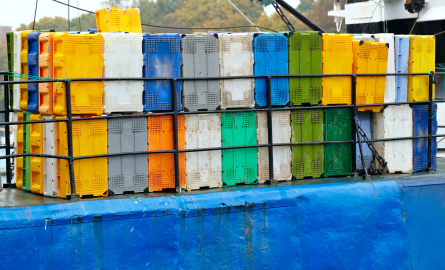At one point, in the early history of shipping; goods had to be loaded individually and not mixed with other items in a shipment and then unloaded the same way. This type of cargo was known as break bulk cargo and was transported through the use of a general cargo ship.
The shipping vessel generally sectioned off areas that would hold certain products. For example, if bags of grain were being transported on the same ship as oils; the crew would be sure to keep these goods separate.
Typical shipping containers then were boxes, bags, drums, crates and barrels. A pallet is used to load and unload the goods that are still transported via break bulk cargo though far and few between.
On a side note, break bulk cargo cannot be shipped in shipping containers to be considered break bulk.
The last few decades have seen a major decline in break bulk cargo shipments due to the higher demands of shipping, the newer modes of transporting and the even higher use of shipping containers.
With today’s technology and bigger vessels, more is able to be shipped at one time and break bulk carriers, or containers, have taken over the shipping industry because they are so much easier to transport and use less manpower.
For example, heavy lift vessels were introduced in the 1920’s and are still utilized to this day for their massive size and loading capabilities. These enormous ships are equipped to transport very large loads that other vessels cannot transport. Think automobiles when imagining something so big it would need a specialized ship to carry it.
Heavy lift vessels are also used in pulling other ships to port, carrying naval ships or submarines out to sea or as a landing pad for Air Force jets; just to name a few ways these vessels are used.

